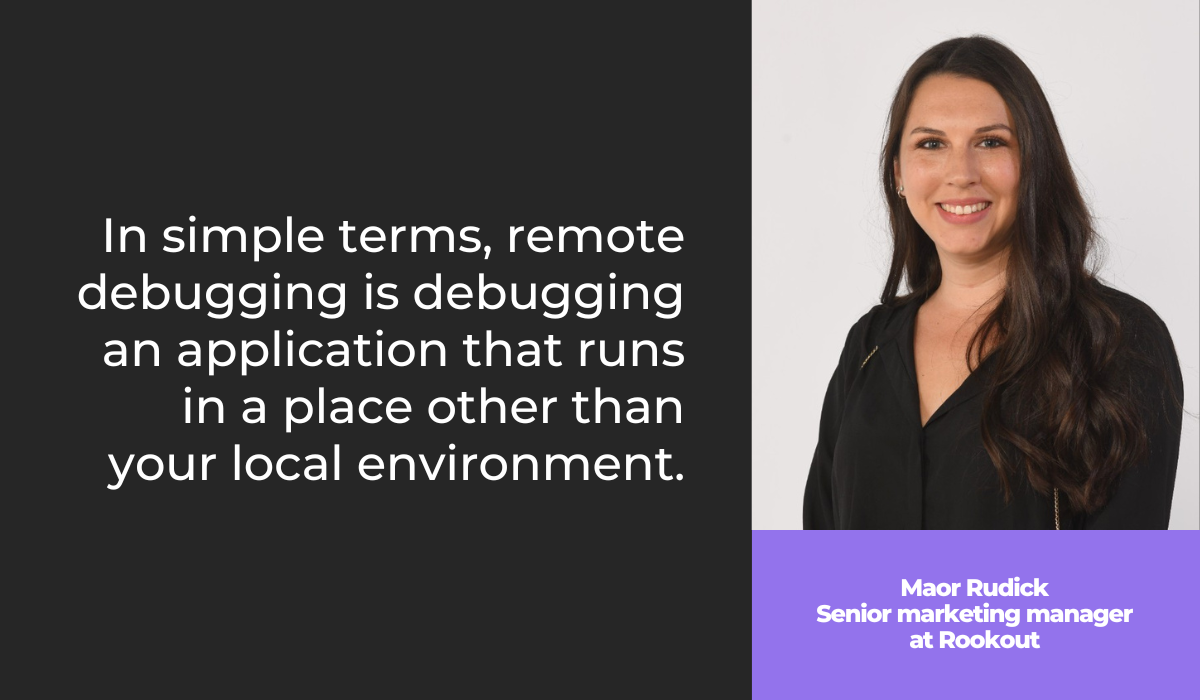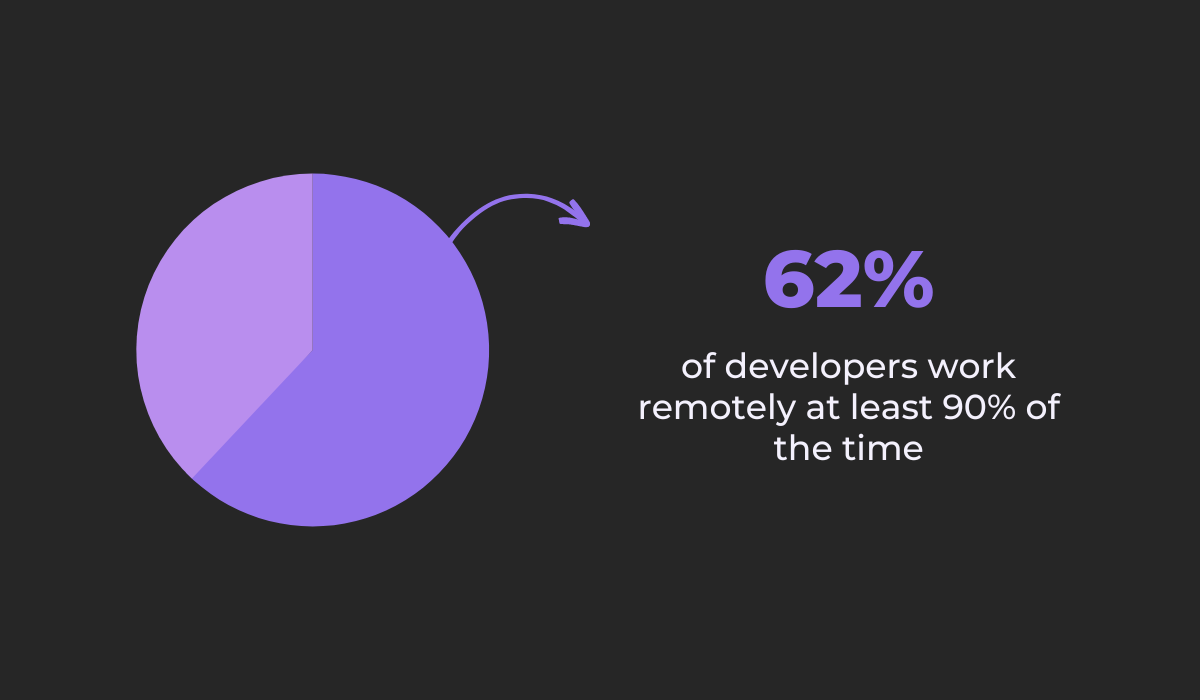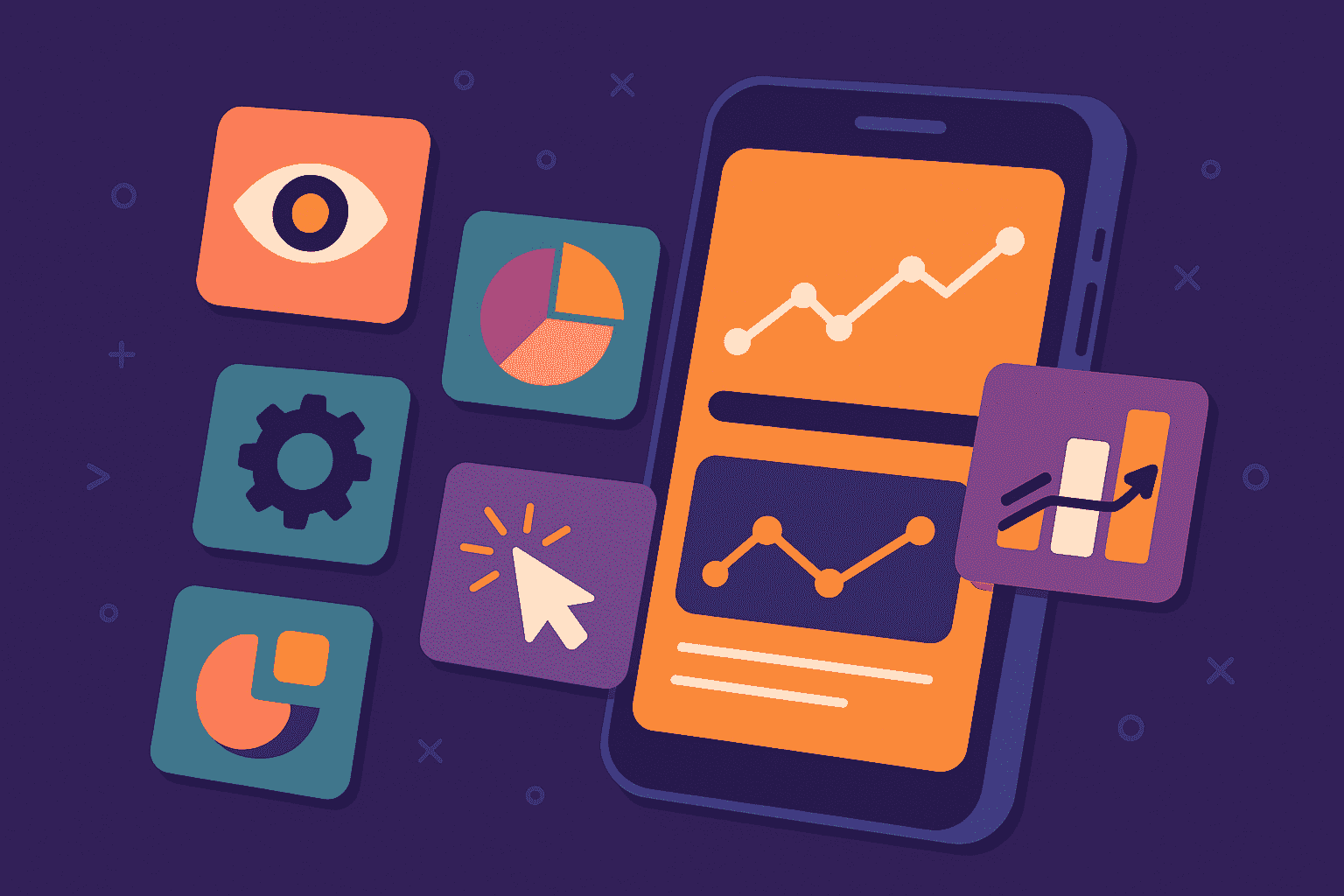
Debugging is a part of a developer’s work, just as writing code, developing new features, or any other activity aimed at bettering a software app.
However, the technological landscape is rapidly changing, and the need for new remote work methods is increasing, including debugging.
Remote debugging allows developers to fix problems in the code and keep it in top-notch shape without being present at the location where the problem occurred.
If you’re wondering how that works, we’ve got you covered. In this article, we’ll explain what remote debugging is, how it works, and how to decide whether to use it or not.
Ready? Let’s begin!
Table of Contents
What is remote app debugging
How many lines of code does it take to build an app? Of course, that question is too broad to have one definitive answer. It depends on many factors.
However, you can be sure that, for a regular app, we’re talking about thousands of lines of code that developers need to write.
For example, according to Business Insider, an average iPhone app has about 50.000 lines of code.
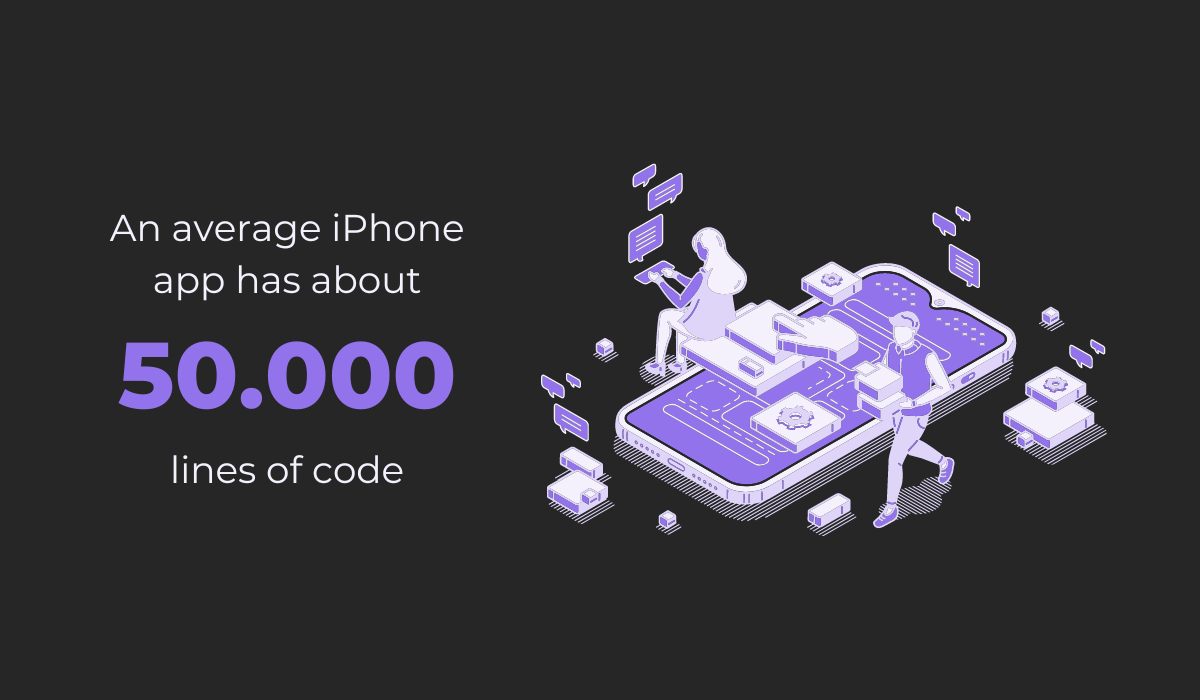
But developers need to do more than merely write that code—they need to write it without any mistakes for apps to work as intended.
As you and anyone in the software development business knows, that’s simply unrealistic. There will always be mistakes in the code—it’s just a natural part of the process.
Therefore, an efficient and meticulous debugging process is essential. Here’s Germán Cocca, full stack developer and author, to remind us what it means to debug code:

Simply put, it’s a process of combing through the code and identifying the error that causes problems for an app to run smoothly.
However, the times are changing fast, and developers aren’t always in the same room anymore, working on a problem on their own machines and debugging the code locally.
Remote work has brought changes to essentially every part of software development, including the debugging process.

Get unreal data to fix real issues in your app & web.
Users, as well as developers, are spread across different locations. Therefore, when an app feature doesn’t work or the entire app crashes, there needs to be a way to debug it from afar.
That’s where we come to remote app debugging.
Maor Rudick, senior marketing manager at Rookout, explains the essence of it:
In other words, remote debugging is fixing errors in the code that’s on a separate machine from yours.
Usually, cloud hosting plays a significant role in remote debugging, given that cloud servers are virtually omnipresent in today’s technology industry.
Regardless of whether the components are hosted in the cloud or on physical servers, the point of remote debugging is that a developer is in one location and debugs a piece of code that’s in another location.
When should you use remote debugging? Let’s dive deeper into that question in the next section.
When is remote debugging used
While local debugging is still often used, there are particular instances where remote debugging is a better, or perhaps the only, option.
That isn’t surprising, given the increasing complexity and size of modern software systems.
Furthermore, many companies today use distributed systems in which system components are in different machines in various locations.
Alexander S. Gillis, a technical writer and editor at TechTarget, points out the positives and negatives of distributed systems:
This gives the system a boost in speed and modularity, but it also makes it more difficult to debug and reason about.
That’s where remote debugging can be a better option for such systems.
If you want to debug software in distributed systems without using remote debugging, you would need to go to a specific location and machine, which would be challenging and time-consuming.
Another reason to adopt remote debugging is that many apps are created using a microservices architecture.
Simply put, instead of having one monolithic application, microservices divide it into many smaller parts.
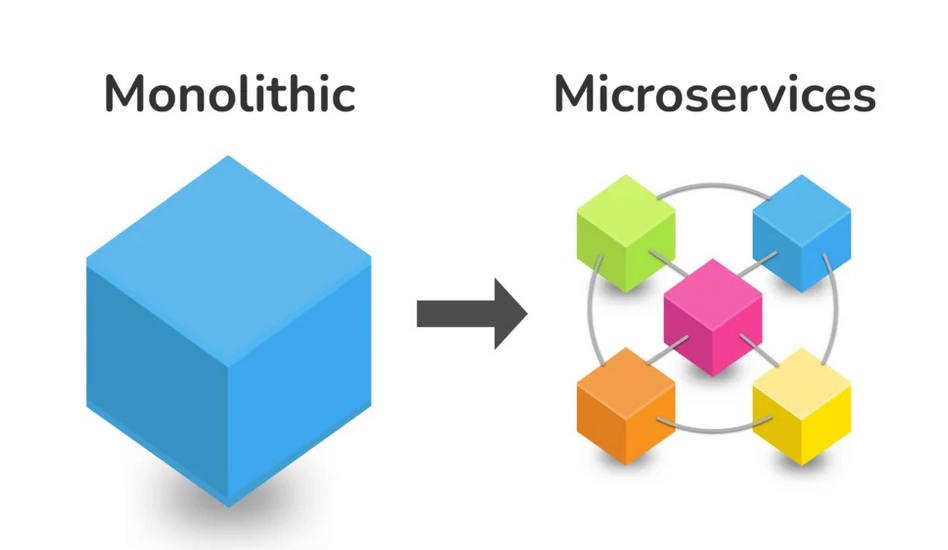
That makes work distribution and managing an app easier, but it has consequences for debugging.
Since the app is decentralized, it’s more challenging to trace a bug to a source and reproduce it, so remote debugging can be a better solution than local debugging.
There are other instances where remote debugging is used, for example, when a system affected by a bug doesn’t have enough resources to run a local debugger.
For instance, according to the University of Auckland, a remote debugger uses less memory.
The remote debugger server uses less resources (particularly memory) than a resident Ladebug debugger.
Overall, remote debugging is mostly used when the architecture of the system is built in a way that it’s easier to access individual components remotely or when there are situations where it uses fewer resources than local debugging.
Types of remote debugging
When it comes to remote debugging, there are two main types you should know about, and those are single-client and multi-client remote debugging.
As you can most likely tell from their names, the difference between them boils down to the number of clients connected to the application or the server.
Single-client remote debugging happens when only one client is connected, like in the example below, where one client is connected and sends an HTTP request to a server.
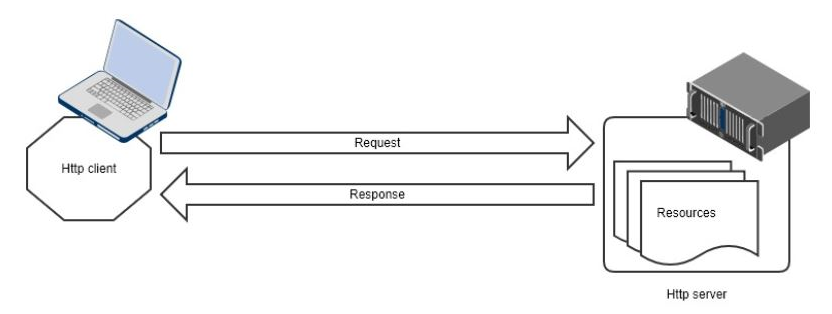
Remote debugging when only one client is connected is straightforward as there aren’t many variables that could cause issues.
On the other hand, multi-client remote debugging is more complex.
In that debugging type, you have many clients connected to an app or a server simultaneously, which creates a more complex situation.
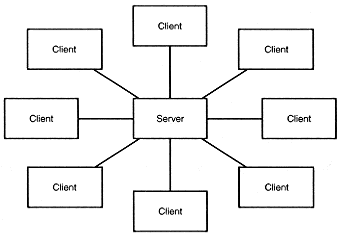
More connected clients mean more variables to consider and more chances for bugs to occur.
Furthermore, as Tom Granot, the chief growth officer at Stealth, points out, situations with multiple clients are more realistic.
At the same time, multi-client remote debugging allows for a more realistic debugging scenario as typical servers establish multiple asynchronous connections with clients.
Although multi-client scenarios occur more often, leading to a greater need for multi-client remote debugging, both the single-client and multi-client remote debugging types are something you and your team should be aware of.

How does remote app debugging work
Debugging an app, or any type of software for that matter, requires specific tools and a workflow that a developer should be familiar with.
If the debugging is remote, there are additional elements to consider.
Since remote debugging isn’t like classic debugging, where the developer sits down in front of a computer on which he needs to run the whole process, more factors are present.
They include at least these:
- Target
- Host
- An app or program to debug
A target is a machine where the target process is running. In other words, it’s the computer on which a piece of software or an app that needs to be debugged is situated.
A host is another machine on which you control the debugging process.
Of course, for a remote debugging session, you also need an app or a program to debug.
Those are the bare bones of the remote debugging process. In addition to them, it goes without saying that you need a connection between different machines.
You can establish a connection between computers in different ways, but one of the most often used methods is to establish a Secure Shell (SSH) protocol.
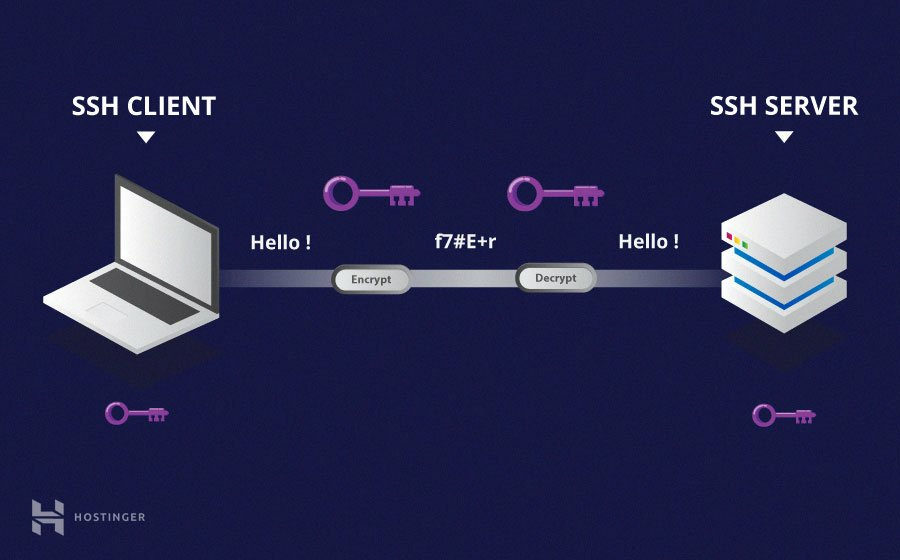
It’s a safe way to establish a connection using cryptographic keys, so you can ensure that you gain access to a remote machine and that the connection is safe.
Also, you can use various tools for remote debugging. Well-known remote debuggers include VS Code, IntelliJ IDEA, GDB, etc.
For instance, if you choose VS Code, you can use an SSH connection to run a debugging process on another computer, virtual machine, cloud machine, or any other type of device.
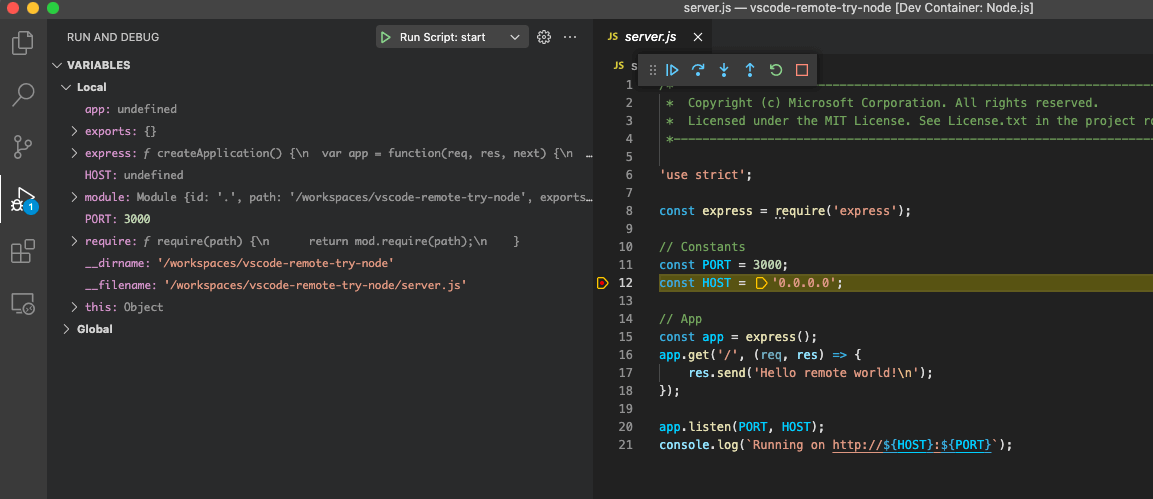
Regardless of whether you use SSH or some other connection type, once you are connected, you can debug the code on the remote machine the same way you would if it was in the same room.
Similarly, just as you need a detailed bug report when you want to debug the code locally, you need it when you debug it remotely.
Using a bug-reporting tool like Shake can be very useful in every debugging scenario.
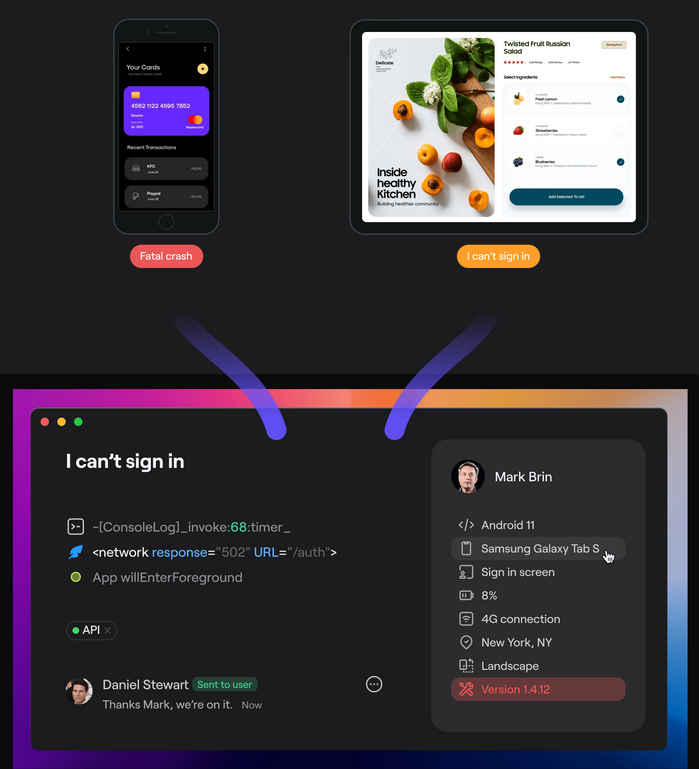
With Shake, you get a detailed bug or crash report with dozens of pieces of information that can help you efficiently fix any error.
All a user or tester needs to do is shake their phone, and the report will automatically be created and sent to you.
Making a tool like Shake a part of your remote app debugging workflow can make the process more streamlined and easier.
Advantages of remote debugging
Although you’d be hard-pressed to find someone who would argue that debugging isn’t a crucial part of a software development process, it would be equally challenging to find someone to dispute the fact that it requires a lot of the developers’ time.
Debugging can be very slow, and you can’t consider an app complete if every part and feature doesn’t work as it should.
On top of that, as we’ve mentioned earlier, many elements of modern software development are dispersed, whether it’s the components of the app, users, or developers themselves.
For instance, according to data from the Jamstack Community Survey 2022, more than 60% of the developers work 90% or more of their time remotely, which in the survey is considered full-time remote work.
Therefore, it makes sense that the tools for remote work are increasingly more useful, whether for communication, organizing work, documentation, or debugging.
In other words, with so many developers working remotely, remote debugging brings significant advantages to everyday work routines.
And one of those advantages is certainly saving time.
As David Rodenas, an experienced software engineer and computer enthusiast, points out, debugging is quite time-consuming.
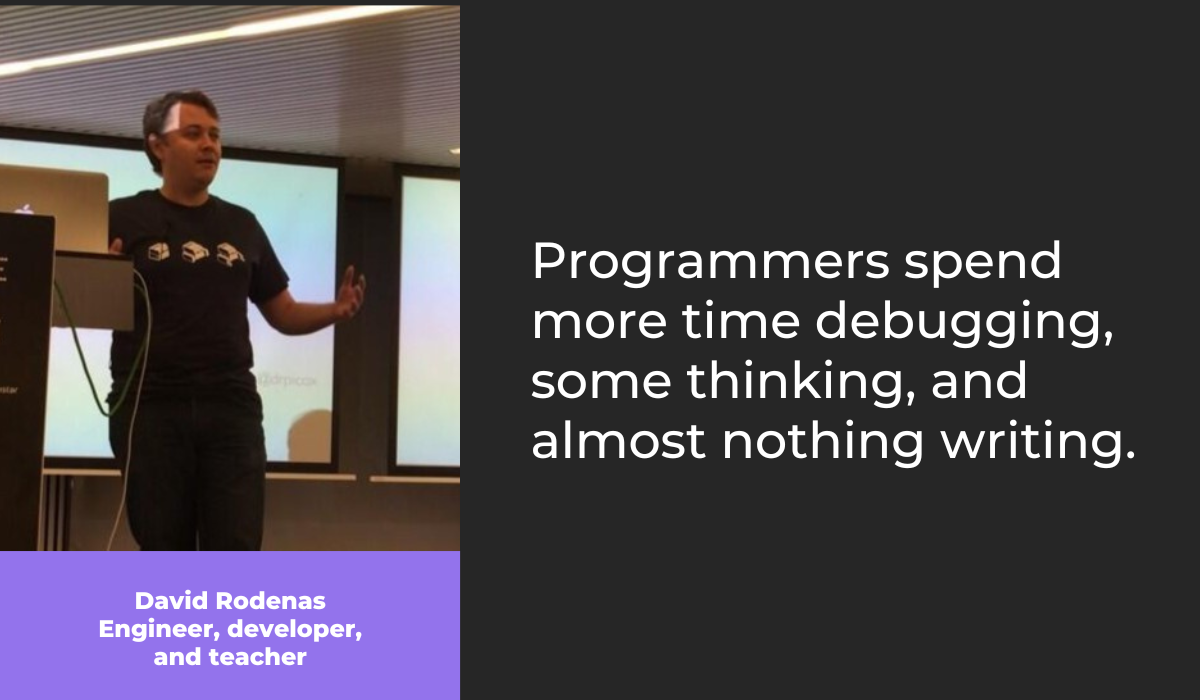
How much time? That depends on many factors, but debugging can be one of the developers’ main jobs.
According to a study by Beller, Spruit, Spinellis, and Zaidman, developers themselves estimated that it could take up 20 to 60% of their active work time.
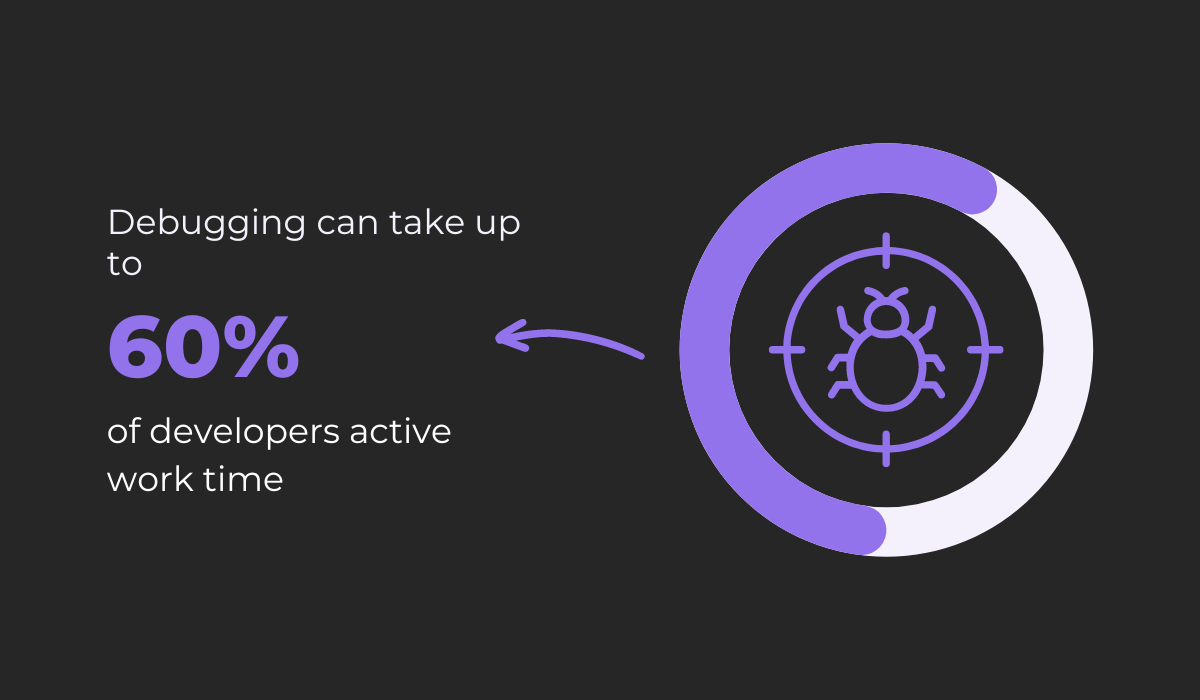
Remote debugging can cut down on that time by eliminating the need to replicate environments for debugging and configuring everything locally so that developers can replicate and fix the bug.
With remote debugging, they can simply connect to a remote machine and proceed with solving problems like they’re on the device in front of them.
It’s fast, reliable, and saves resources, mainly the one resource that’s most precious to developers—time.
Disadvantages of remote debugging
Although remote app debugging has advantages, as we’ve explored in the previous section, it’s not flawless. Let’s look at some of its drawbacks.
As we’ve mentioned earlier, it’s crucial to establish a connection between the host and target machines for remote debugging.
That is one of the disadvantages of this method because you rely on a connection, and if it isn’t possible to establish, you can’t debug remotely.
That means that, before anything else, you need to ensure that you have a reliable and fast internet connection.
Otherwise, latency can be a significant issue that can slow down and even prevent remote debugging.
For example, the VS Studio documentation for remote debugging points that out:

Therefore, if the latency is high, you can’t count on remote debugging as an efficient option for fixing your code.
As this iOS developer on Twitter found out, it can be much easier just to debug locally.

In addition to latency, one of the disadvantages of remote debugging is security.
That doesn’t mean that it’s risky to debug remotely. However, any data that travels between servers and machines should be protected from unwanted intrusions.
That means setting up passwords, admin permissions, and other security measures, which can be inconvenient and take time.

Capture, Annotate & Share in Seconds with our Free Chrome Extension!
All in all, you can see that remote app debugging isn’t some magical solution without flaws. Whether you’ll opt for it depends mostly on your needs and preferences.
Conclusion
Remote debugging can save you a lot of time and resources while you work on apps and polish their code.
However, remote app debugging can seem like a daunting task if you’re not familiar with it.
We hope that with this guide, we’ve shown you what remote debugging is all about and what is needed to use its potential.
It’s up to you now to assess whether it’s something you and your team can benefit from.

